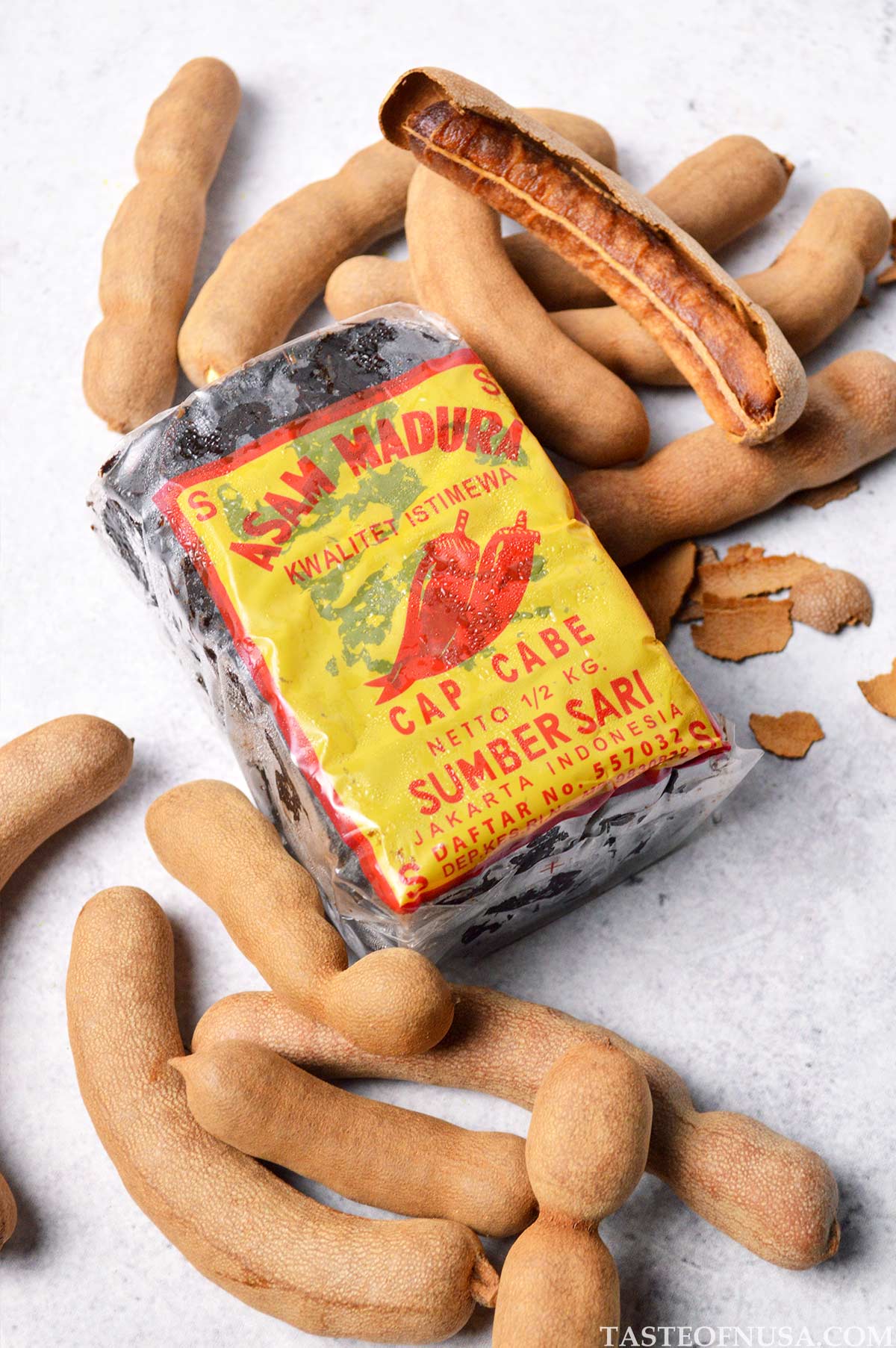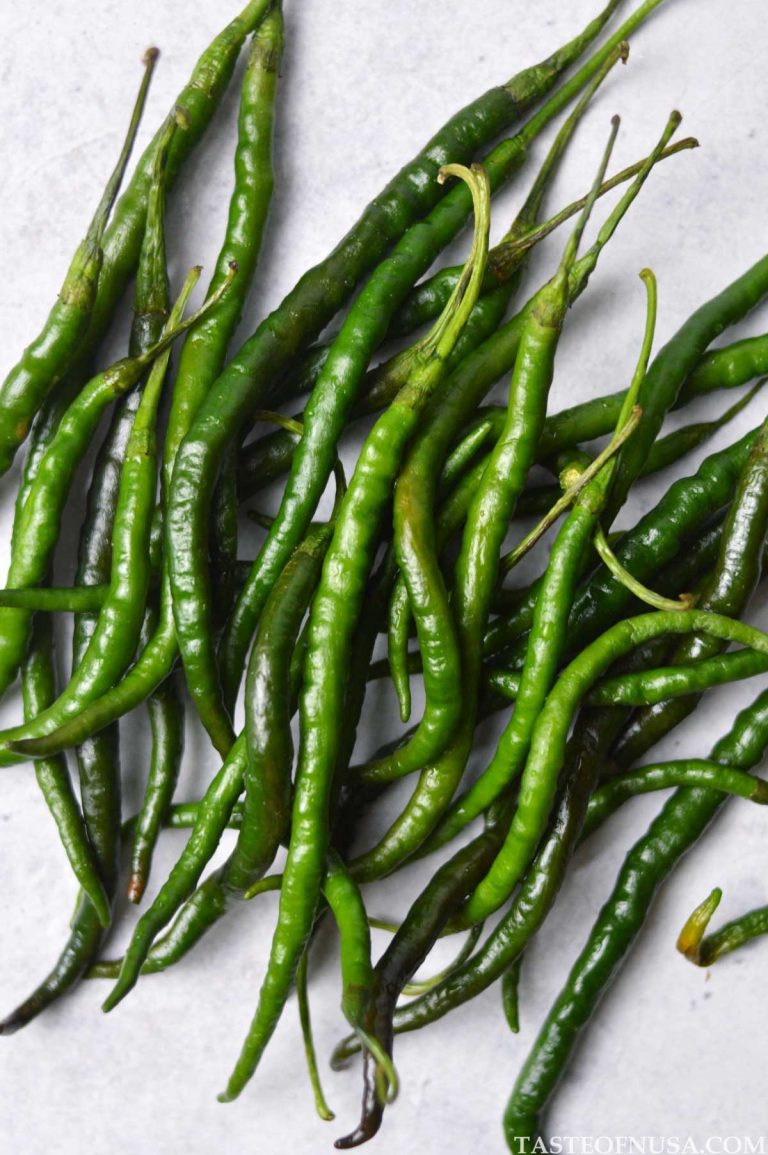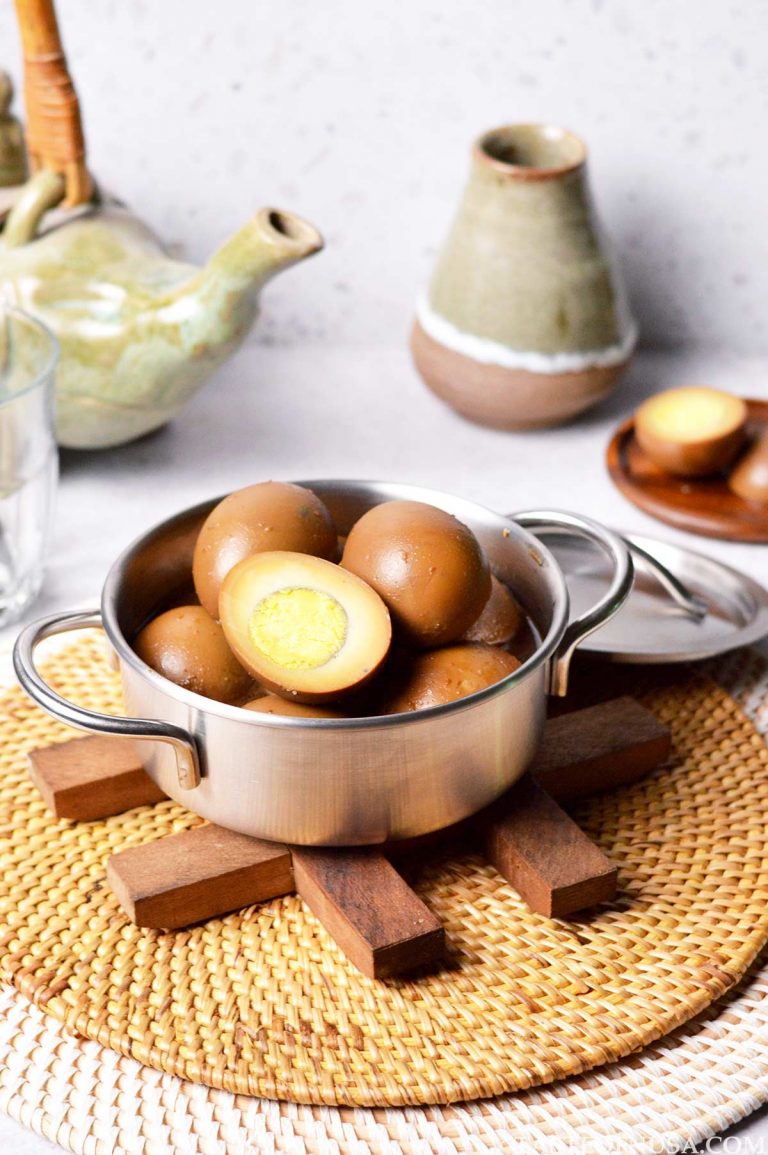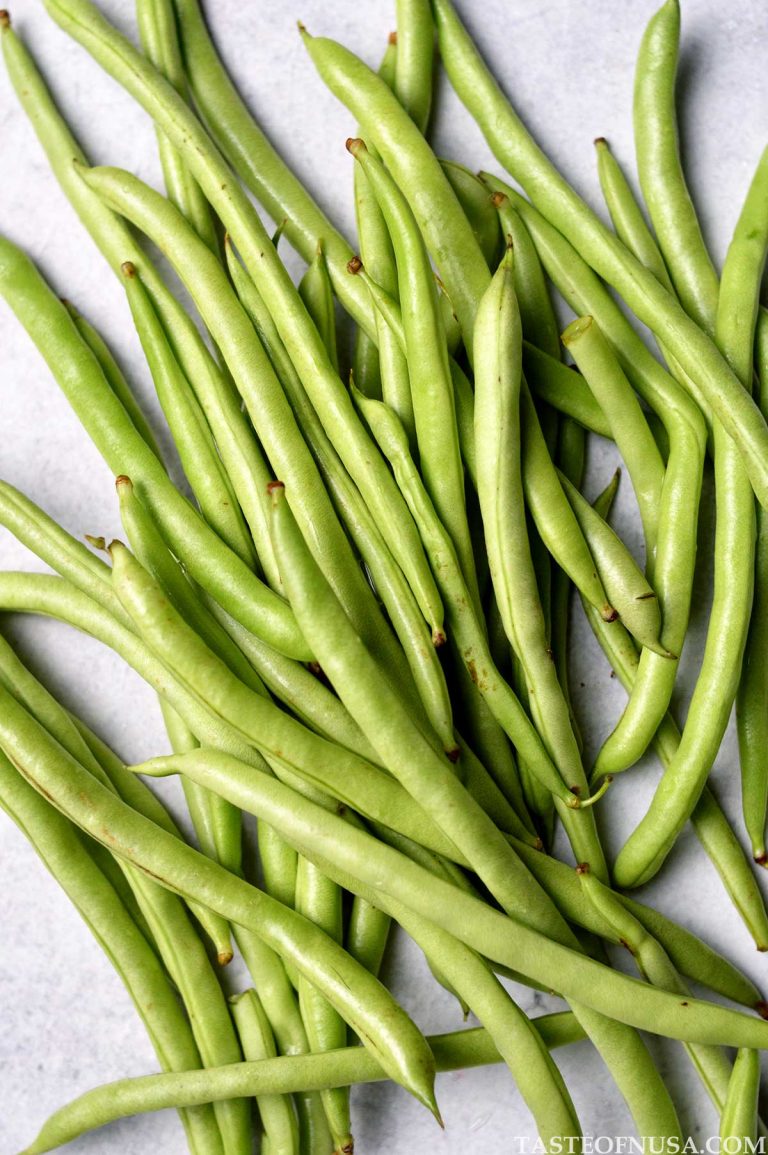Tamarind
Sweet and sour tamarind pulp can be eaten as it is or added as a seasoning to bring an appealing pucker to desserts and savory dishes.

Other Names
- Tamarindus indica (scientific name)
- Assam (Malay)
- Asam or Asam jawa (Indonesian)
- Imli (Hindi)
- Tamarindo (Spanish, Mexican, Italian)
- Sampalok (Philiphines)
- Indian date
What is Tamarind?
Tamarind is a fruit used as an addictive flavor in cooking. Native to Africa but also grown in tropical climates around the world, particularly in India, Southeast Asia, and the West Indies. The fruit grows on the tamarind tree as bean pods that contain many seeds encased in a moist, sticky fibrous brown pulp. The pulp is the edible part of the tamarind plant. It can either be eaten raw or processed into something new.

What Does Tamarind Taste Like?
This pulp is high in tartaric acid which adds a tart, sweet, sour taste to dishes. You can add the pulp to a wide range of dishes from sauces, marinades, salads, stir-fries, even sorbets, and cool refreshing summer drinks. Besides adding flavor, the acidity helps to tenderize tougher cuts of beef, breaking down the fibers in the meat. The brown color also deepens the color of a marinade, which can make wonderful sauce when reduced.
Types of Tamarind
- Whole dried pulps. The flesh from inside the brittle shells can be eaten from fresh pods, but the pods are also commonly dried. The pulp turns more sour after drying.
- Tamarind block. Compressed tamarind pulp sold in one block.
- Tamarind paste. A thick dark unsweetened paste, where seeds and fibers have been removed.
- Tamarind concentrate. Dark, shiny, viscous syrup that is quite intense in flavor.
- Tamarind syrup. Ready use sweetened tamarind to dilute for iced drinks.
- Tamarind powder. Made from dehydrated and ground tamarind.

Where to Buy
You can find tamarind at various kinds of ethnic markets, from well-stocked Asian markets to Indian and Latin markets.
How to Substitute The Pulp with Paste and Concentrate
A rough guide is 1 tbsp pulp = 1 tbsp paste = 1 tsp concentrate + 2 tsp water.
How to Store
If it is available fresh, you can make your own paste at home. Simply peel the outer shells of the pods off, remove any of the veiny fibers surrounding the seeds, and then soak the pulp in hot water for about an hour. Then put the tamarind in a fine-mesh strainer sitting in the soaking liquid, and mash through the strainer.
The shelf-life of store-bought tamarind paste will vary considerably depending on the method used, but most products will last about 6-8 months in an airtight container in the refrigerator. You can also freeze tamarind paste for increased longevity. You may have to stir the contents before using or dilute it a bit with water, as it tends to thicken.
How to Prepare
If using whole dried pods, peel them with your fingers and then remove the sturdy fibers that enclose the fruit and the seeds. Boil or soak the pulp in warm water to soften it or toss it directly in. If using tamarind block, just break it into smaller pieces and then soak them in warm water. You can mash the tamarind and strain the mixture if necessary.

Tamarind paste or concentrate is ready to use and sold in jars. It is the most convenient option for adding tamarind flavor to your cooking, though its flavor is not quite as strong or pure as fresh juice or even the soaked and strained dried pulp.
Substitution
Tamarind has a truly unique flavor that’s difficult to substitute for. However, if necessary, you can substitute with clear vinegar, lime juice, or lemon juice.






